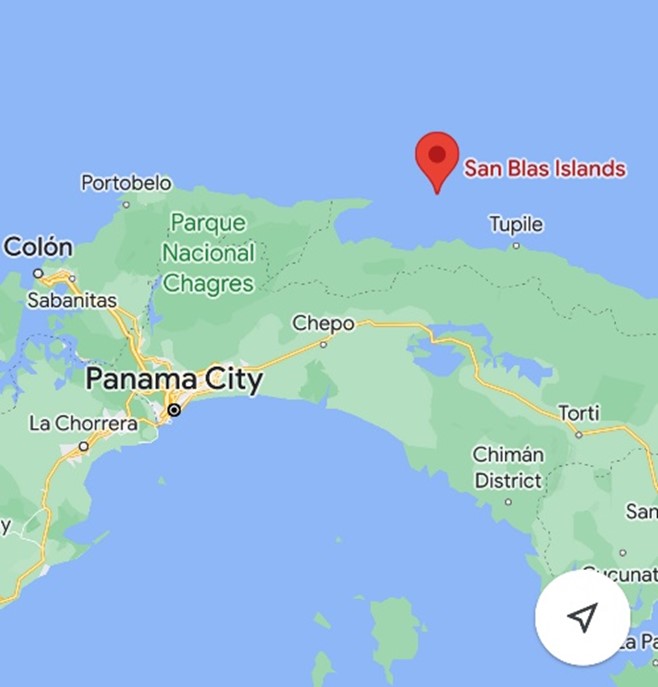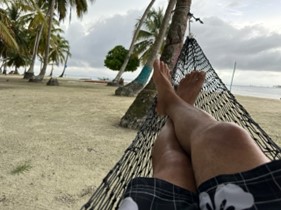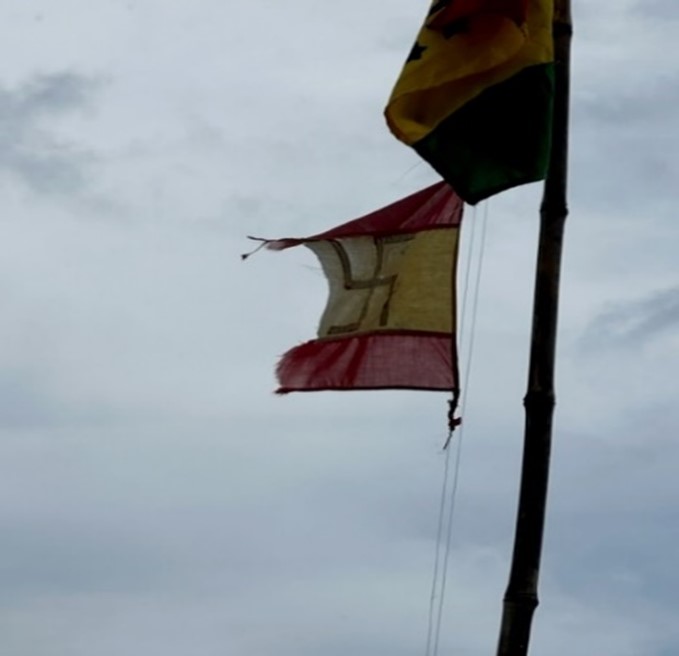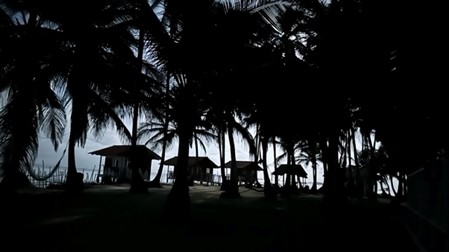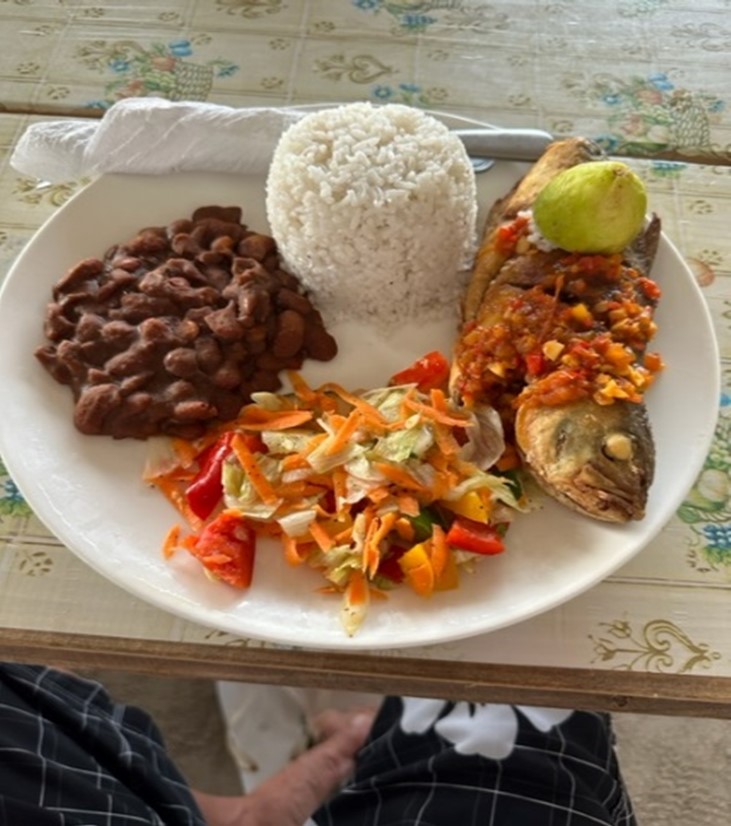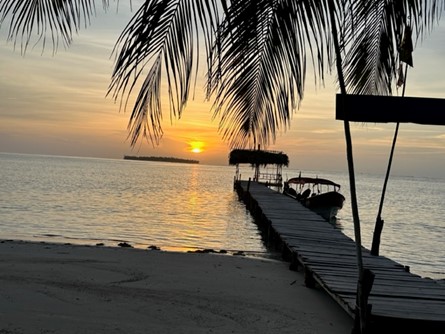Contribute
| Off The Beaten Path - Trip To San Blas Islands, Panama |
Uday Virkud
07/19/2023
Off the Beaten Path Trip to San Blas Islands, Panama The Jamaican family that had just arrived on the island, asked him “Ye maan, could you put on some musicâ€. Riba the manager of this idyllic Yanis Island, replied with a Zen expression, “why do you need music when you have the sounds of the ocean?â€. That kind of sums up the setting for the San Blas archipelago and its Guna Yala people. I visited Panama for my vacation this July, as I wanted to see the Panama Canal, which is an engineering wonder. Panama City is a modern metropolis with plenty of tourist attractions, modern hotels, global cusine, colonial history, sandy beaches and tropical wildlife sanctuaries nearby. But I also wanted to a spend few days somewhere “off the beaten pathâ€. And the San Blas Islands seemed like the perfect place, to do just that. San Blas is an autonomous territory of Panama, inhabited by the Guna indigenous tribe. Located on the Atlantic coast of the country, these 350 tiny islands are about four hours from Panama City by road and a boat ride. They are one of the eight indigenous tribes of Panama. Riba tells me that only about 50 of these islands are inhabited. Yanis island is one of them. The bigger island we passed on our ride to Yanis is called the Village and is home for about five hundred Guna families and the remainder of the total seven thousand Gunas are scattered around other Islands. Few families per each tiny island. Riba and his team manage a dozen or so tourists that come to this island each day. Dormitory style rooms for about 20 guests with shared bathrooms and a common open dining area with kitchen, are on one side of the island. How big is the island you may ask? It is so tiny that I could walk around the island under 500 steps. Maybe about one to one and half acre in area. The two cheerful Belgian girls counted, and informed me, that the island had 198 coconut trees. Why were they counting trees, one may wonder? Well, there is nothing much to do on the island. No electricity in rooms or running water. There is some solar and brief use of generator to light the essential areas. Three delicious, but simple meals served with fresh catch from the sea, every day. The only items you could buy were bottled water, beer, and fresh coconut water. Two dollars each. Everything else you had to bring with you and that too was limited to what you could fit in a small backpack. But it is a paradise. White sandy beaches, palm trees, clear turquoise water, coral reef, and the sea bustling with life, surrounds you. Few other islands dot the horizon and the distant San Blas hills crowned by the lingering clouds just mesmerizes you. It rains every day during this season but not so much to hamper your spirits. A quick shower and then it clears. You swim, snorkel, kayak, lounge in a hammock, or simply walk on the beach. There are few boat tours available to nearby places. In the evening you sit around the dinner table and chat with fellow travelers or play some board games or cards. Oh! I forgot to mention, no Wi-Fi either and just weak network signal. Also, you can’t charge your phones easily. That explains why the young Jamaicans were not quite thrilled to be there. Riba tells me that he started this business in 2019 just before Covid. Bad timing. I expressed my concern about how he managed during that period when tourism had halted? Riba again looks at me with his Zen expression and says, “why would there be a problemâ€, then pointing at the ocean surrounding us, continues, “I have my supermarket right here for all I need.†That’s so true. We people from the “so called†civilized world never would understand the simple Guna life. A Guna family resides on the other side of this tiny island. That gave me a chance to observe the life of these simple people. A grandmother sits outside and knits or weaves all day. Men go fishing early in the morning and bring home the catch. And two young girls walk around the island few times a day to collect fallen coconuts or are busy with chores around their huts. They communicate in Guna language but also speak Spanish and now the children can go to a school in the Village. Riba was the only person on the island who spoke some English. All other basic supplies are brought from the mainland. Even water to cook and drink is brought in. These days most have a small motorboat, but wooden canoes are still around, providing a glimpse of what their way of life would have been just few decades back. I wondered why Guna people do not live on their territory that is on the mainland, in the fertile hills? Riba with his typical expression, which I was getting accustomed to by now, said “Guna people are fishermen, we don’t prefer the mountains.†During my three days on the island, I met quite a few interesting fellow adventurers. Mostly younger budget backpackers from around the world but also few families. My journey started from Panama City very early in the morning. First, I met these three youngsters from Israel with whom I shared the transport SUV. Then we picked up a couple of Dutch backpackers from the youth hostel. Six people per vehicle. That was one reason why no one could bring more than a small bag to the islands. After an hour and half of travel towards northeast via highway, the vehicle turned towards the mountains. A winding narrow road with roller coaster twist and turns. The road was full of potholes and was under construction. And our driver seemed to take sadistic pleasure in driving this road at high speed with no regard for some of us who were beginning to feel woozy. Halfway into the hills, we reach the Guna territory check point, where our passports were checked. There for the first time, you notice two flags that mark Guna land. On the top a red, yellow, and green Guna flag and second, a yellow and red flag with a swastika, below it. That clearly had spooked my fellow Israeli passenger. When we reached the Guna port, we parted our ways as we were heading to different islands. I boarded the small boat for Yanis Island along with two other backpackers. Similar flags fluttered on the boat as well. Forty-five minutes later the welcome sign on the island jetty had these flags too. I asked Riba about the flags during my stay. He said the second flag with Swastika was Guna’s revolutionary flag from when they resisted the Panamanians from taking over their way of life. It had nothing to do with the Nazi symbol. I thought to myself, why not? Nazis don’t have monopoly on the Swastika. The lesbian couple in their mid-thirties, that boarded with me on the boat to Yanis island were going to be there for three days as well. I didn’t know how to address them. I greeted them with “Good morning, ladiesâ€, which I thought, they didn’t mind. But later I realized that they preferred “they/them†tag. It was displayed on the cap of the one who had a boyish crew cut and tattoos all over. They introduced to me later as Sam, an ex-navy officer, and Jaz, who was the quieter one with long hair. They were the nicest couple and mostly stayed to themselves but were very helpful. Sam told several interesting stories about the navy life. Said that the ships with hundreds and thousands of people were like mini villages, full of young people with raging hormones, out at the sea for days. There were drugs, gangs and even prostitution rings. I could understand drugs and gangs, but prostitution? How did these elite trained men and women pull that off on US Naval ships? I didn’t dare to ask. On the island, we joined two Asian descent girls on vacation from California. They were already there for four days and in spite of doing everything there was to do there, they were still enjoying the place. All day play in the ocean, evening bring out the vodka bottle and play cards till lights out at 10:00 PM. And there was a German couple. The man was sick with upset stomach and stayed indoors mostly. The lady was very nice but was worried about her partner. With shared toilets outdoors, they had shifted to the room closest to the bathroom, as he had to rush to the toilet all night long. She told us next morning that he was bit better, but she was worried how he would survive the four-hour journey back to the city. The night was the most difficult time on the island. The breeze had died down. In that sweltering heat with no air conditioning or even fans, it was impossible to sleep. Finally, I dozed off around two in the morning when it cooled a bit. Next day morning after that group left, it was just me with Sam and Jaz on the island, until the next batch arrived around noon. That idyllic morning suddenly clouds gathered and there was a heavy downpour with thunder and lightning for about an hour. I seized the opportunity to take a freshwater bath in the cool downpour from the skies. The best shower I had on the island. Did I mention the island bathroom had only saltwater running and just one of the two bathrooms had a door. The toilets, while basic were kept relatively clean. The next group arrived around noon. The Jamaican family of two sisters in their twenties, their cousin brother, and the mother. The Jamaican youngsters were clearly not happy to have no music or Wi-Fi and were visibly grumpy most of the time. Mother said she wanted to visit Panama and bring the youngsters to see the canal. Her grandfather had worked on the canal as a young man, and she remembers the stories of his hardships that were passed down to her, from when she was young. He had survived the brutal canal work and had returned home to Jamaica. Over twenty-five thousand people died in construction of the canal. Mostly slaves or laborers from Caribbean islands or Africa and Asia. A Hispanic family from Montreal, husband from Argentina, wife from Ecuador and their little four-year-old girl. Husband an airplane technician, was training to be a pilot at the age of fifty. I learned a lot about Ecuador from the lady who had a small hotel in Ecuador and ran a travel business from Montreal. Ecuador is definitely now on my bucket list. The cheerful Belgian girls, one a physiotherapy student and the other, a practicing movement therapist for developmentally challenged. They just seemed to be happy about everything and were enjoying everything around them. They were on a four-week backpacking vacation. And then there was this interesting young Dutch student who was backpacking for three months straight. After two years of studying product design, he came to New York to take a six-week course in arts which would count towards his degree. Then hopped on to a cheap flight he could find to Guatemala. From Guatemala, to Belize, to El Salvador, to Nicaragua, to Costa Rica, he finally had arrived in Panama for his last week before he returns to Netherlands. He loves to surf, he told me. While traversing Central America, he surfed in many different towns and cities. He even bought a surfboard for hundred dollars and carried it with him as it was cheaper than renting each time. When I poked him about how he could afford to travel for three months as a student, he said he worked while studying to earn enough, to take this trip. I wouldn’t give up and he didn’t mind sharing with me all the travel secrets of a budget traveler. He said his budget was to keep his cost around forty dollars a day. Then he further jolted me when he said that was including his flights from Amsterdam and back, and his stay in NY city. He was fortunate to be able to crash with a friend in NY for free. Then he mostly traveled in buses through Central America and stayed in youth hostels. He said you can stay in hostels for around ten to fifteen dollars a night. He mostly bought food from grocery stores. My analytical mind quickly did mental math and said that it is amazing that your three-month trip would have cost you only around four thousand dollars. He confirmed my estimate and added that this San Blas Island stay for four days was luxury for him. He had a separate room and three good meals a day. Including transport to and from the city, it just cost him around sixty dollars a day. Yes, the San Blas trip is very affordable for anyone. I realized then that it’s your point of view. I was more like glass half empty kind of guy. While I missed my comforts that I expect during my vacations, some of these backpackers considered living on this beautiful island a luxury. I noticed that generally Europeans have in them to explore and are not bothered to rough it out and backpack around the world. We don’t see as much of this spirit among the American youth. Maybe in part because Americans don’t get such extended vacations and I think we also like our comforts too much and won’t give them up. That afternoon I went with Sam and Jaz on a boat tour, to snorkel around a sunken ship and then to waddle around few feet of water in a natural pool of sand, in the middle of the ocean. They were super helpful to me as I can barely swim. Good activities to break the otherwise idyllic monotony of the island. That night I slept a little better. Maybe I had got used to the living conditions or maybe the light breeze helped. Next morning by eight I was ready to head back. Riba came with us in the boat to drop us to the Guna port where my return vehicle was waiting. I said goodbye to Riba and thanked him for his hospitality. He in return, with his Zen expression, just kindly patted on my shoulder, which said it all. And then he moved on to pick up his next guests to the island. I was lucky to be the only passenger in the SUV on my journey back, and the driver was much nicer and wasn’t seeking thrills on the winding hills. As I left behind the Guna Yala territory, I thought to myself, how would I rate this experience? It had many positives but also lacked the obvious comforts that I expect. I concluded, it was definitely worth to get me out of my comfort zone for a few days, meet interesting people from around the world, learn about the indigenous people and their lives. Guna people are the gentlest and kind people, who are trying to maintain their way of life as the world moves past them at warp speed. In future, I hope to do a few more of such “off the beaten path†vacations, while I can, but I don’t think I can do it all the time. Just getting too old for that now! Uday Virkud Wayland July 2023
You may also access this article through our web-site http://www.lokvani.com/

